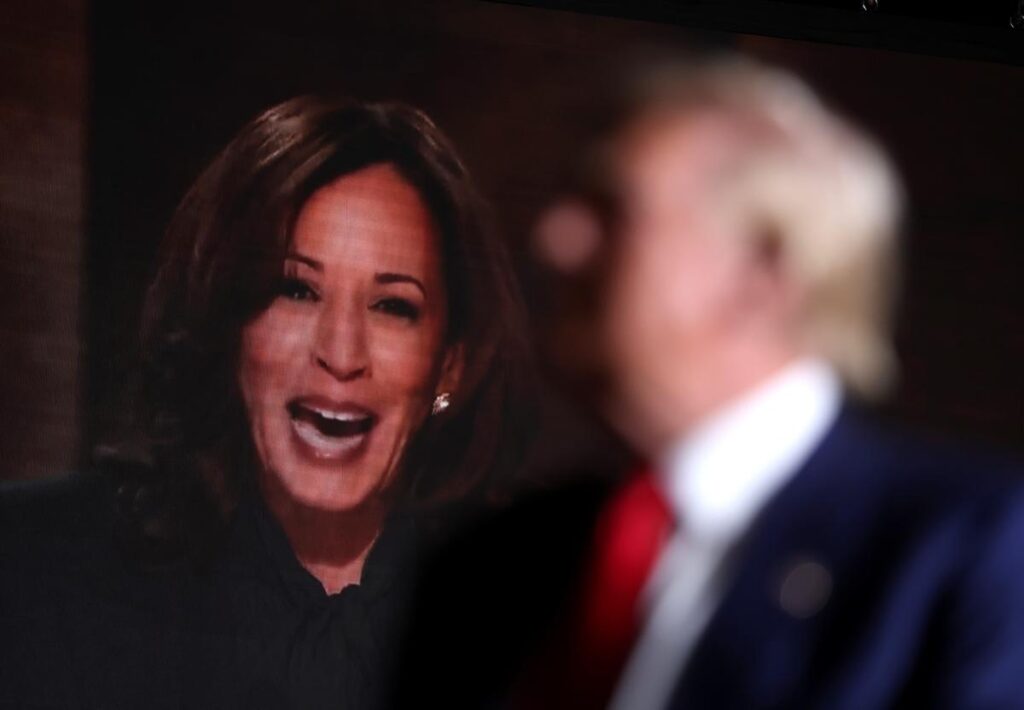Election prediction markets saw a significant shift towards Vice President Kamala Harris following a surprising poll indicating her lead over former President Donald Trump in Iowa. The Des Moines Register/Mediacom Iowa poll, conducted by respected pollster Ann Selzer, revealed Harris ahead by three points among likely voters, with 47% to Trump’s 44%. Selzer’s reputation for accurate polling lent credence to the results, raising eyebrows in a state that Trump historically dominated in both the 2016 and 2020 elections. Notably, election analyst Nate Silver remarked on the audacity of releasing such poll results, suggesting Selzer’s findings could hold weight despite another poll from the day showing favorable results for Trump.
The shift in Harris’s favor caused a notable reaction in betting markets, which previously had heavily favored Trump. Initially, Kalshi had assigned Trump a 55% chance of victory; however, the release of Harris’s lead prompted a rapid adjustment, bringing Trump’s odds down to 50%, effectively tying him with Harris as the projected candidates. Similarly, Trump’s odds on other platforms, including Polymarket, dropped from 63% earlier in the day to 56% as Harris gained traction, reflecting a more competitive race than anticipated. PredictIt also began to show Harris’s potential for a narrow victory, further fostering optimism among her supporters and causing instability in Trump’s betting odds.
While the poll results were promising for Harris, analysts noted that they may not guarantee her a definitive edge in forecasts, as conflicting data exists. The varied outcomes from Iowa polls highlight the uncertainty in voter behavior, especially with Trump’s loyal base remains formidable. Furthermore, dynamics were amplified by the context of Trump’s recent campaign events, including a controversial rally at Madison Square Garden, which even drew criticism from some in the Republican Party. The rally’s negative reception may have influenced voter perception as well as provided fertile ground for Harris’s campaign to capitalize on Trump’s erratic and divisive approach.
As Harris’s odds improved, there was also an overall trend of voter sentiment shifting, with her gaining nearly 10 points on the Election Betting Odds platform since Trump’s rally. Current statistics reflected a scattered but notable reallocation of bets towards Harris as her chances appeared to strengthen. On this platform, Trump’s estimated odds of winning the electoral college decreased to 52%, while Harris’s chances climbed to 47.5%. This change exemplifies the potential volatility in election prediction markets, particularly as more polling data emerges leading up to the election.
The development of Harris leading in a key battleground state like Iowa, where Trump previously enjoyed a solid foothold, could have significant implications for the overall trajectory of the presidential campaign. It raises questions about the resilience of Trump’s electoral base and suggests a more competitive landscape than many had expected. The way Harris’s campaign navigates this momentum could be crucial; focusing on central issues that resonate with Iowa voters while countering Trump’s established voter loyalty will be paramount moving forward.
Overall, the Iowa poll and subsequent shifts in betting markets signal a potential turning point in the election landscape. As uncertainty looms and more data becomes available, observers are left contemplating the next steps for both campaigns. Harris’s ability to capitalize on this recent momentum, alongside Trump’s efforts to reaffirm his support base amidst challenges, will likely shape the narrative in the weeks leading up to the election, underscoring the unpredictable nature of American electoral politics.

